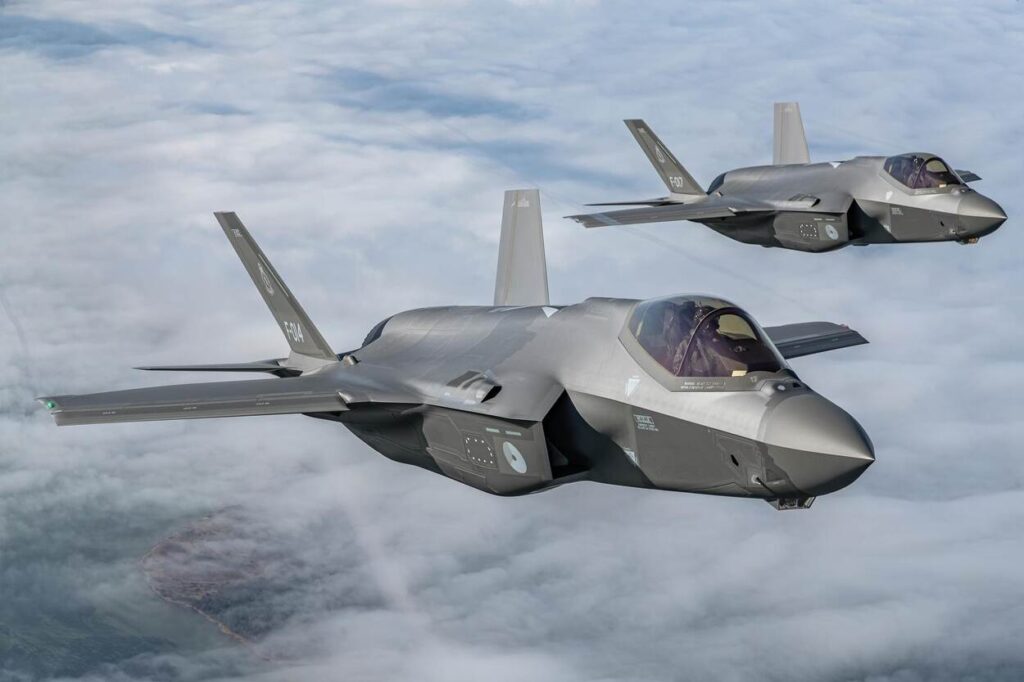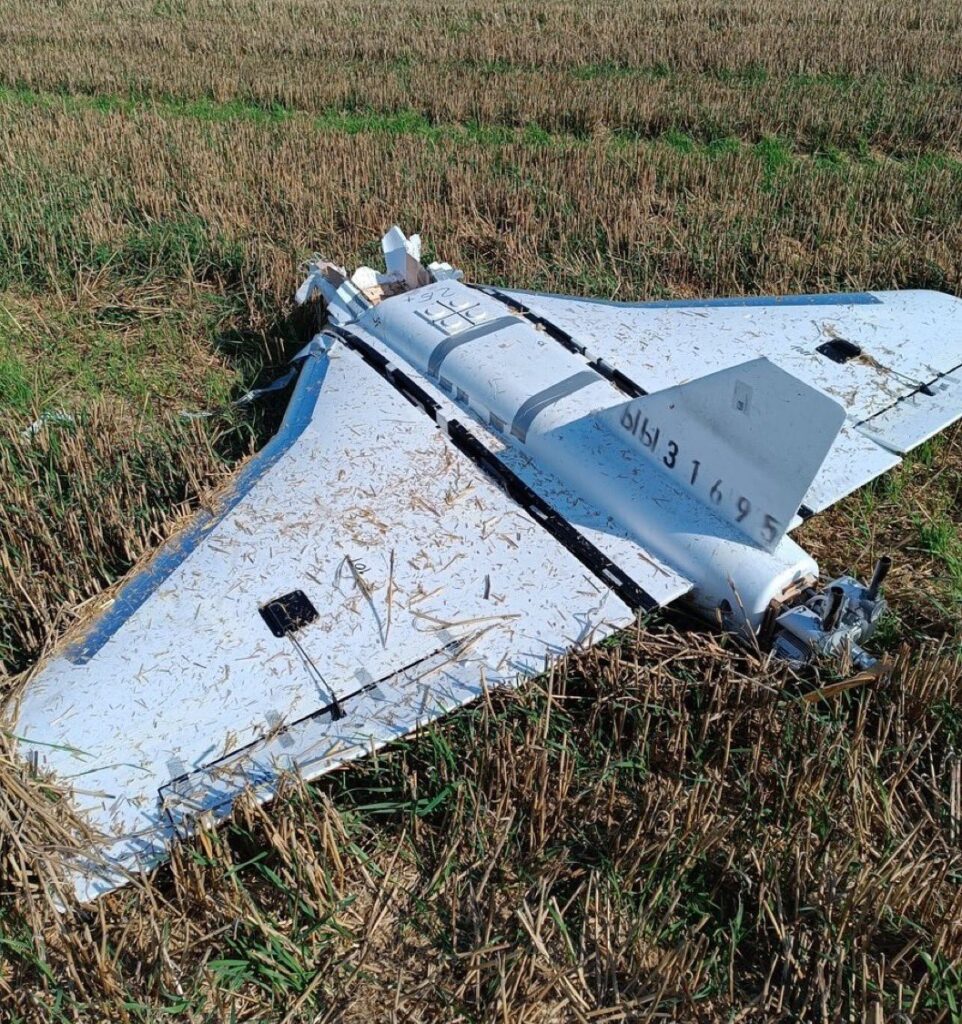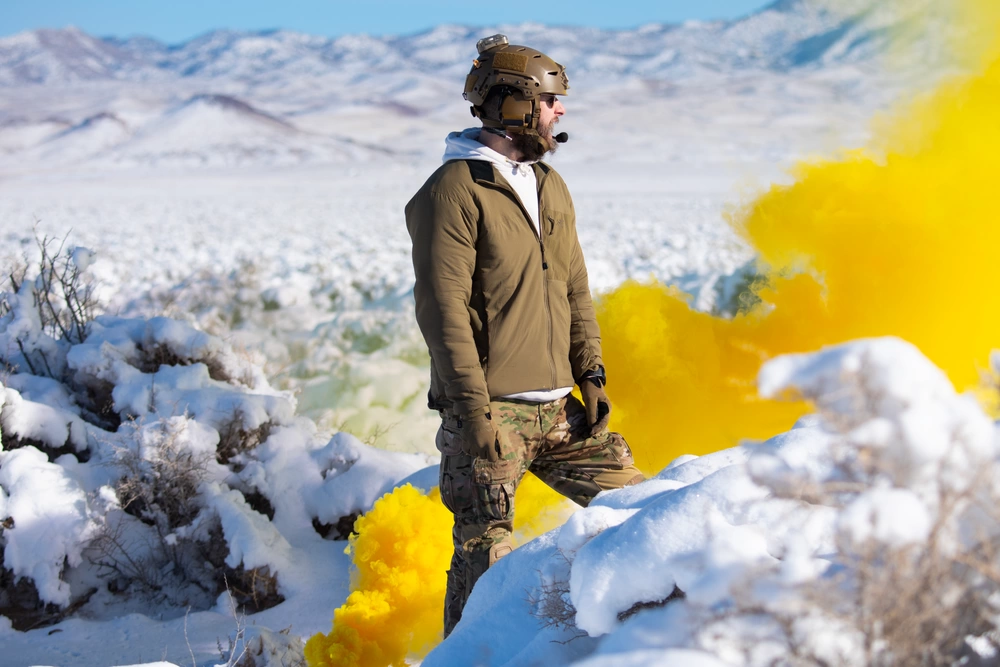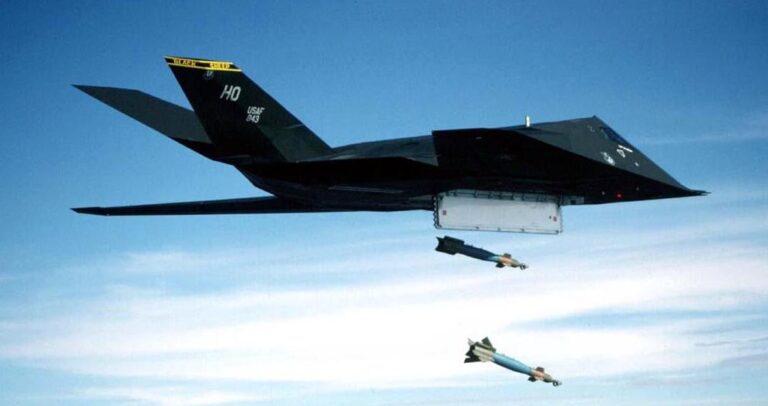- By Alex Hollings
Share This Article

According to Polish officials, Russian military drones crossed over into Polish airspace, mostly from Belarus, at least 19 times between 11:30 PM on Tuesday and 6:30 AM on Wednesday local time, prompting NATO fighters to engage and bring down at least three of these drones.
Dutch F-35s and Polish F-16s were scrambled last night to mount intercepts against Russian drones that seemed to pose threats to people or property. The aircraft were supported by an Italian airborne warning and control system, or AWACS aircraft, and at least one jointly operated NATO refueling tanker. These operations were further supported by German Patriot Air Defense Systems that had already been deployed to Poland and placed on alert for just such a situation.
This marks the first time NATO aircraft have been forced to actively engage Russian drones inside NATO airspace.
NATO member Poland shares a border with Ukraine to the east and to the north with the Russian exclave of Kaliningrad and Russia’s ally, Belarus. Poland has played a key role in funneling Western materiel support into Ukraine and is currently hosting more than one million Ukrainian refugees who’ve fled the fighting. Poland also hosts a sizeable U.S. military and broader NATO presence, with at least 10,000 American troops currently in Poland as a part of efforts to shore up NATO’s defenses against Russian aggression.
Moscow denies that Russian drones entered Polish airspace. It called the accusations “groundless” and described Poland’s response as “anti-Russian frenzy.” That’s a bold take from Russia, which seems to be laying the responsibility for this drone incursion squarely on its own ally, Belarus, that’s supporting its war efforts in Ukraine.
Some reports of drone debris in Poland suggest that, at least some of the drones that entered the country’s airspace were unarmed decoys commonly used in large scale attacks like the one carried out against eastern Ukraine this week.
Initially, Belarusian officials seemed to indicate that these drones were accidentally sent off course due to electronic warfare being used in the area. This claim mostly aligns with previous cases of Russian missiles or drones entering Polish airspace throughout this conflict, but Moscow’s refusal to acknowledge responsibility has led to increased condemnation by Western officials.

Poland has since invoked Article 4 of the NATO charter, which some sensational news outlets and content creators have tried to present as a very frightening development. The charter’s most famous article is Article 5, otherwise known as the mutual defense clause, that, if invoked, could genuinely be a precursor to war. Article 4, on the other hand, is essentially just a call to a meeting among NATO leaders to discuss what happened. Not quite the doomsday development it’s being made out to be.
To some, these drone flights seem like a Russian test meant to assess NATO’s response and, more broadly speaking, its resolve. To others, they seem more like an embarrassing mistake that Russia just won’t own up to.
However, it seems more likely that this is an embarrassing mistake than a clever strategic ploy. Any intelligence gathered by these drones won’t apply anymore once Poland further bolsters its defenses in response to this incursion, and these drones didn’t seem to have any targets or even broader objectives. You could argue that the incursion was meant to spook the Western population in hopes of reducing support for Ukraine, but broadly speaking, it’s more likely to do the opposite.
Nevertheless, despite Russia’s aggressive rhetoric, its military leaders are nonetheless well aware that the last thing they want to do is force NATO into this conflict on Ukraine’s behalf.
Russia’s struggling economy is now projected to barely break $2 trillion in GDP in 2025, while America’s alone is projected to come in well over $30 trillion, and NATO’s combined spending power will exceed $54.3 trillion. And while the U.S. and several of its allies have been barring Ukraine from striking deep into Russia with equipment provided by the West, open war between NATO and Russia would mean nations like the US taking matters into their own hands, striking Russia themselves.
And as much as the B-2 Spirit, F-22 Raptor, and Seawolf class submarines would love a chance to get into the fight they were designed to win, Russia probably doesn’t want to see that happen.
Feature Image: A pair of Dutch F-35 aircraft, July 2023. The Netherlands dispatched F-35s to shoot down Russian drones that entered Polish airspace. (Dutch Ministry of Defence)
Read more from Sandboxx News
- The social hierarchy of US special operations units
- Air Force awards contract for its Next-Generation Penetrator bunker-buster bomb
- Man down: A Delta Force tale of loss
- Israel carries out strikes in Qatar to eliminate senior Hamas leadership in a serious strategic shift
- These three legendary Marines set an example to every Marine machine gunner
Related Posts
Sandboxx News Merch
-

‘Sandboxx News’ Dad Hat
$27.00 Select options This product has multiple variants. The options may be chosen on the product page -

‘AirPower’ Golf Rope Hat
$31.00 Select options This product has multiple variants. The options may be chosen on the product page -

A-10 ‘Thunderbolt Power’ Poster
$22.00 – $28.00Price range: $22.00 through $28.00 Select options This product has multiple variants. The options may be chosen on the product page

Alex Hollings
Alex Hollings is a writer, dad, and Marine veteran.

Frosted misery: A Navy SEAL in SERE School

How US Special Forces took on Wagner Group mercenaries in an intense 4-hour battle

The social hierarchy of US special operations units

It took more than stealth to make the F-117 Nighthawk a combat legend
Sandboxx News
-

‘Sandboxx News’ Trucker Cap
$27.00 Select options This product has multiple variants. The options may be chosen on the product page -

‘AirPower’ Classic Hoodie
$46.00 – $48.00Price range: $46.00 through $48.00 Select options This product has multiple variants. The options may be chosen on the product page -

‘AirPower’ Golf Rope Hat
$31.00 Select options This product has multiple variants. The options may be chosen on the product page -

‘Sandboxx News’ Dad Hat
$27.00 Select options This product has multiple variants. The options may be chosen on the product page
